Episode 5 Bow and stern caps
A short episode this one, because glass fibre is covered in plenty of places. To see a master at work could I suggest this link:
https://www.theassociationofmodelsubmariners.com/t460-css-pioneerHowever making bow and stern caps is a VERY good introduction to glass fibre work.
I will cover the topic in two bits. How I actually did it and How I should have done it!
The original article suggested shaping the sections from polystyrene foam. Covering them with masking tape (to prevent attack from resin) and coating with 2 to 3 layers of glass fibre tissue. It didn't even suggest turning the foam in a lathe (see Nigel's Pioneer link).
And that is basically how I did it. I seem to remember coating the masking tape in wax (belt and braces.)
The problem is that you are then left with quite a rough end cap which requires rubbing down. I remember much sanding while spinning it on my Dad's long suffering Myford lathe!
So this is one problem with this approach. The other one is that if you ever need another one you have to make a female mould, in which case this is how you should have started in the first place!
The photograph below shows my current collection of female moulds. Note that their are two for the fin. The fatter one is more scale following research on the 1:1 Charlie (See next week's episode).
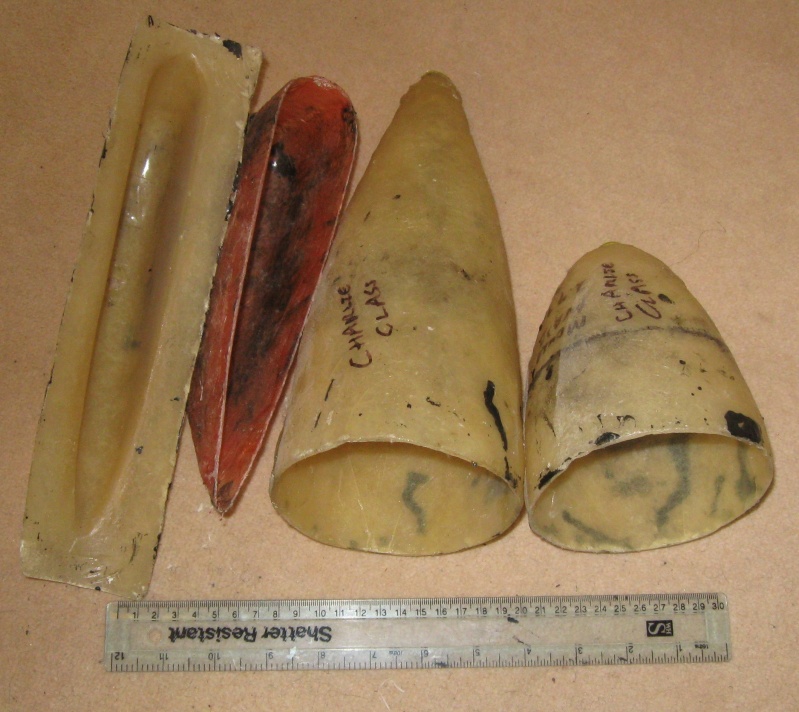
My suggestion for how you should ACTUALLY make these is as follows (based on my early mistakes):
- Don't start now unless you have a WARM outside shed. (Polyester resin is very smelly and needs warm conditions to set. You will not have a Happy Christmas if you start off in the Family Kitchen!)
-Start by turning the caps (called a plug) from softwood on a lathe. You can use a wood lathe but a metal turning lathe can also be used. The maximum diameter of the cap is the Outside Diameter of the plastic pipe. Be careful not to have any undercutting - the shape should be a smooth tapering curve all the way along. Remember that you will need to release the plug from the mould!
- Make the plug as smooth as possible - sand it down. (Protect the lathe bed from grit!)
- Paint it. Use paint that is not affected by resin. If I remember correctly, acrylic car paint (Halfords) is fine.
-You may consider fixing the plugs to plywood etc. to form a flange around the mould. (See the Pioneer link for some ideas.
-Paint the plug with 2 to 3 coats of PVA release agent, allowing to dry between coats. Some people suggest also waxing the mould but I have found that this creates more problems than it is worth. It is very important that you have a continuous film of PVA. Resin really sticks and you may be unable to release the plug.
- Then start to build up your layers of glass and resin. Follow the various guides but I wouldn't suggest any shortcuts. Use gel coat, surface tissue and 2 to 3 layers of glass matt (cut into small pieces).
-Some general points. I work outside (starting in Spring!), use a cut down paintbrush for resin, wear disposable latex gloves (thanks for the tip, Nigel) and old clothes. You can clean things with Acetone. (I think Nigel uses Paint Thinners successfully.)
(This vision of me wearing latex gloves, old clothes and wandering around my garden in Spring has probably put you right off!)
You can apply the various layers over the space of a couple of days. Leave the plug overnight and then remove the plug. Dunking and soaking in water helps the release.
You make the actual end caps in the same way - applying the layers to the inside of a carefully PVA coated mould. You will find it more difficult working inside the mould. When you make the fin, use as little resin and glass as you dare. A common mistake (even in commercially produced hulls) is making them too thick and heavy.
So there we have it. A bit of an "idiots" guide to fibre glass but it will start you on the path to an important construction technique in our hobby.
A quick word on materials (very UK orientated):
- Epoxy can be used but is still expensive in the UK.
- Halfords have quite useful fibre glass repair kits but they lack things like gel coat.
- A good UK supplier for everything you may need:
https://www.theassociationofmodelsubmariners.com/t1403-glasplies-glass-fibre-and-resinNext weeks episode - some notes on the 1:1 Charlie.


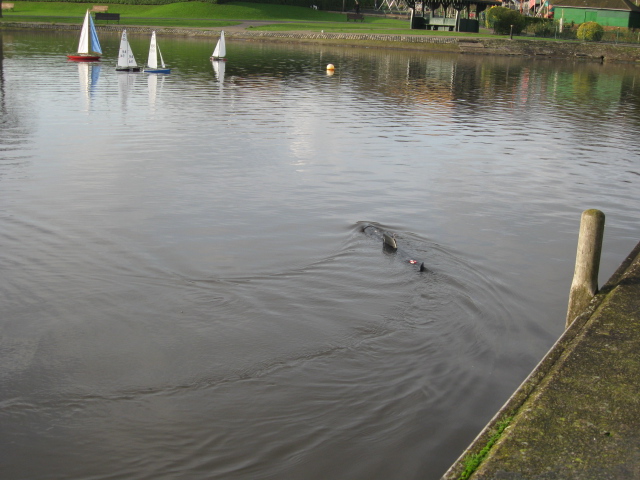
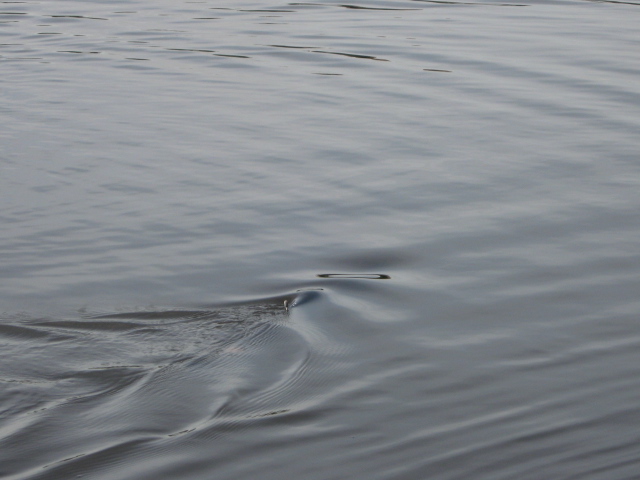






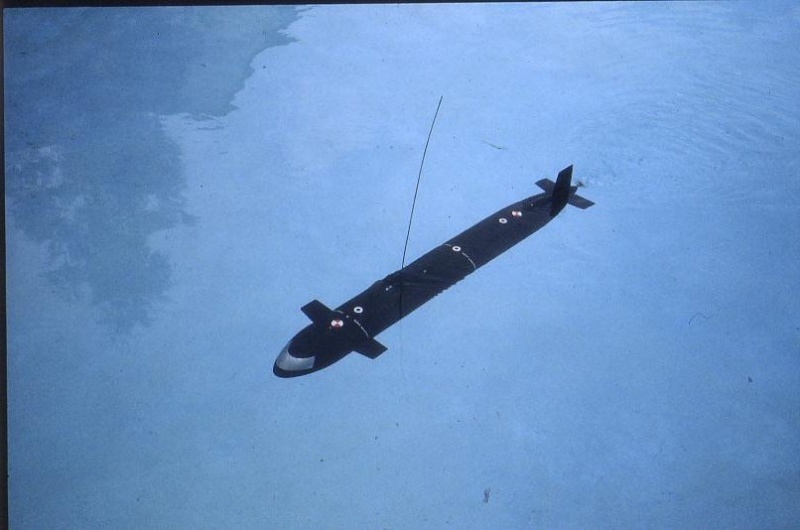
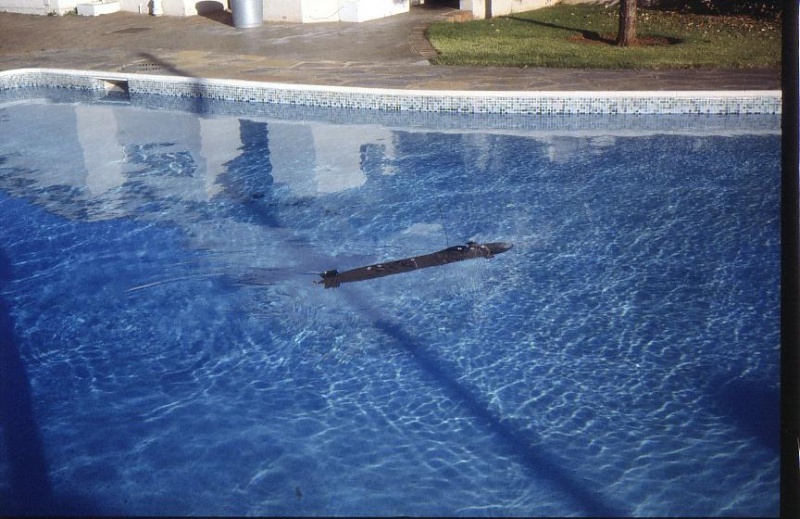


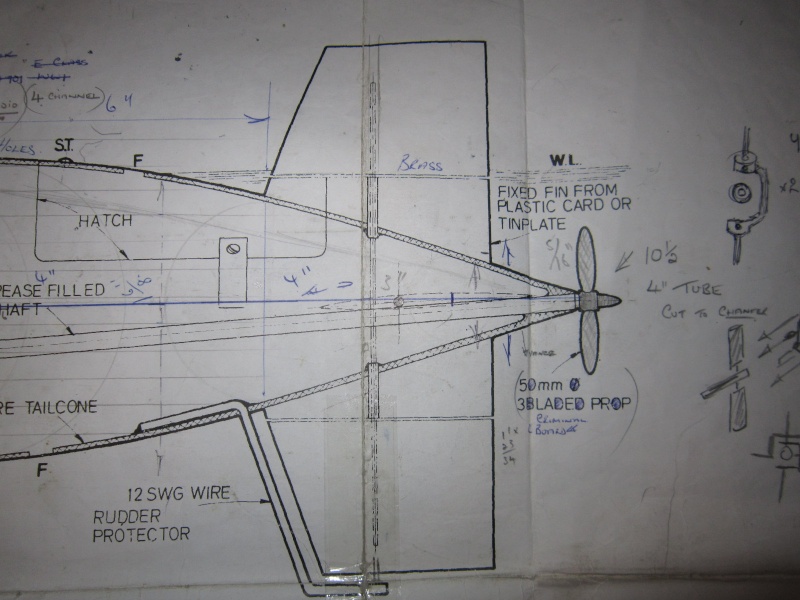

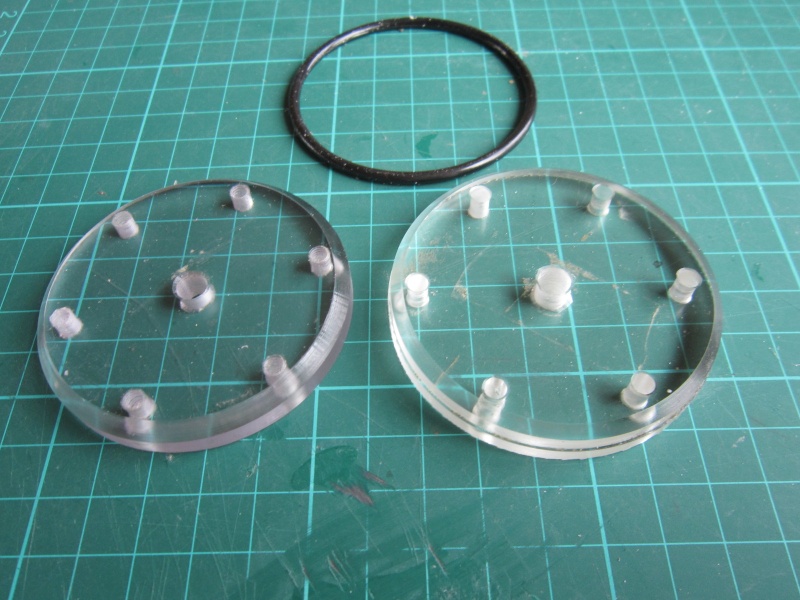

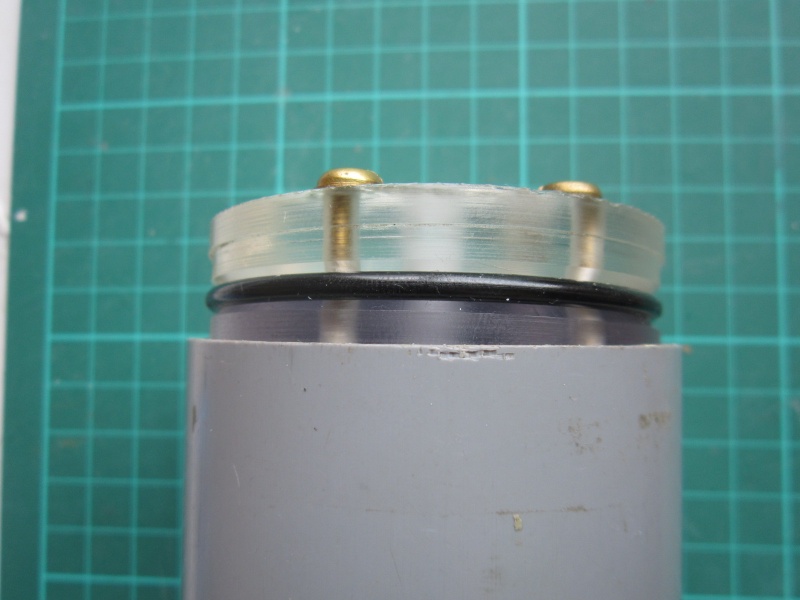
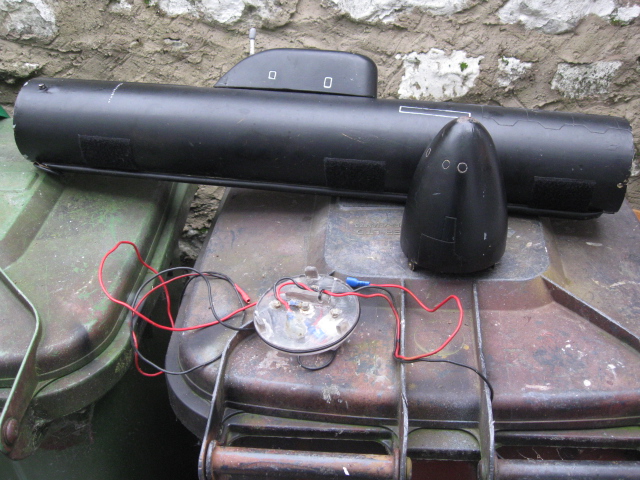
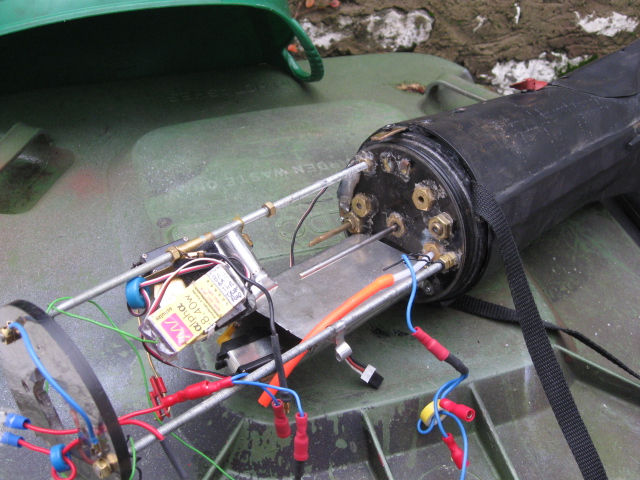



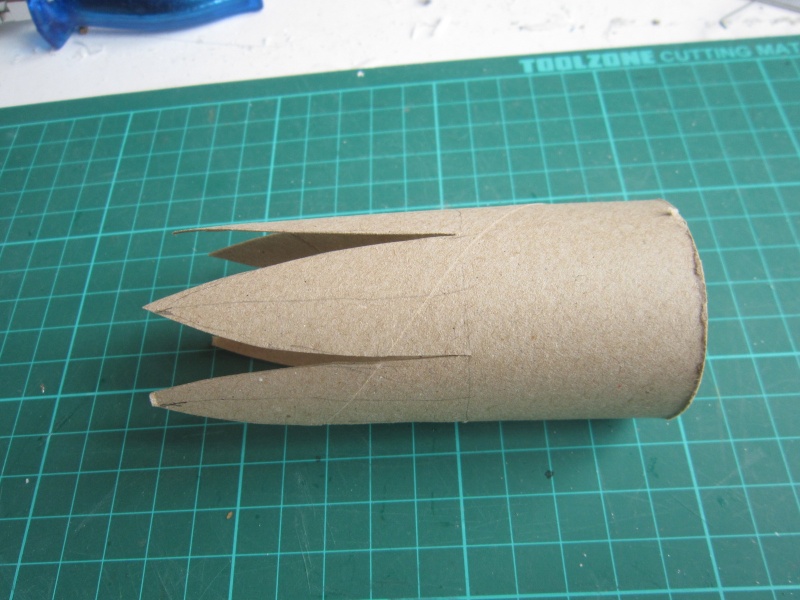


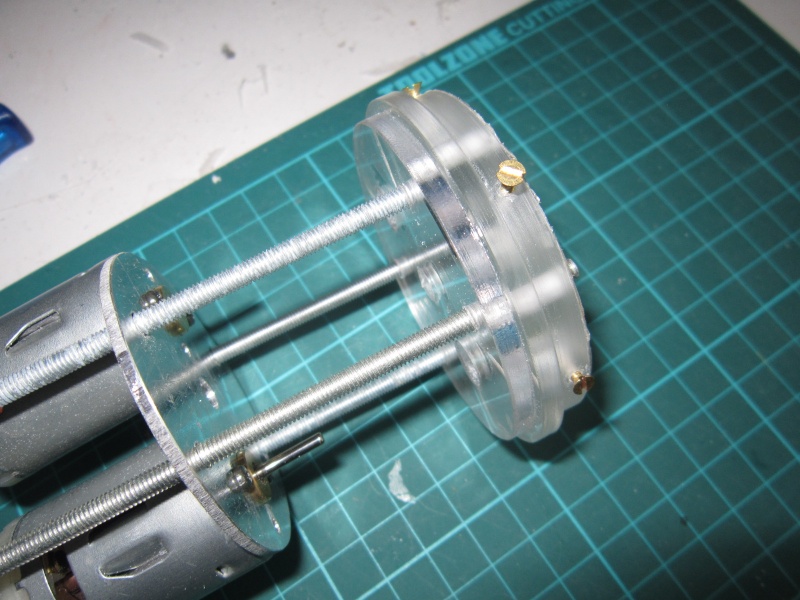
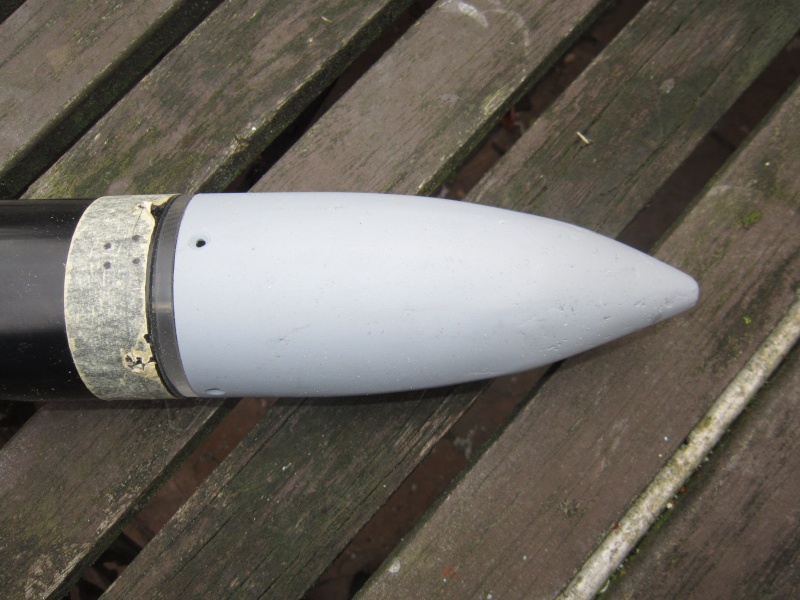



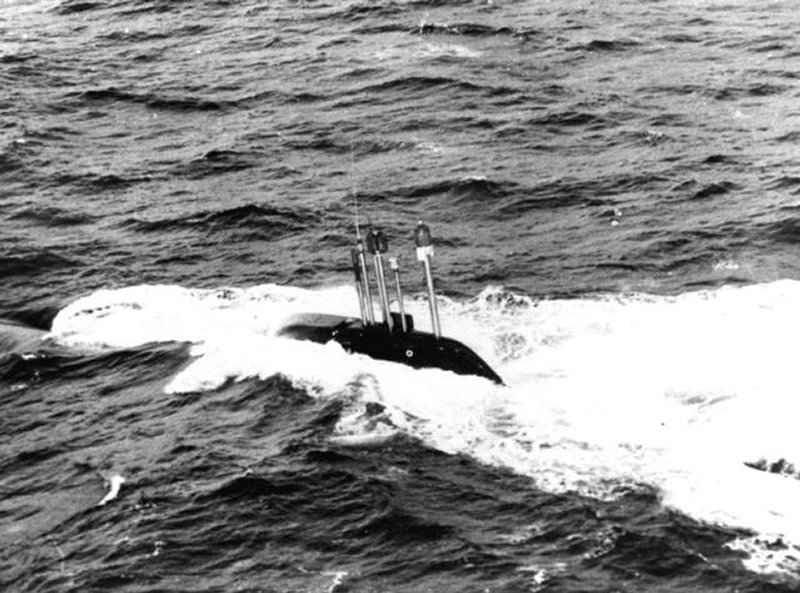



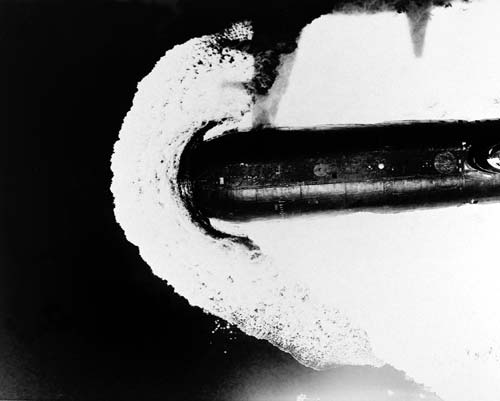
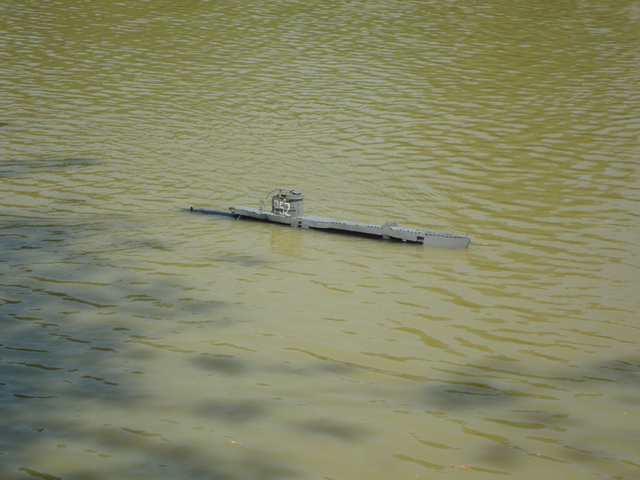


» RC Drift Gyro for pitch control
» WW2 mini sub build
» sonar data link
» Robbe Seawolf V2
» ExpressLRS - 868/915 Mhz equipment
» Flight controllers as sub levelers
» 868/915 Mhz as a viable frequency for submarines.
» Microgyro pitch controller corrosion